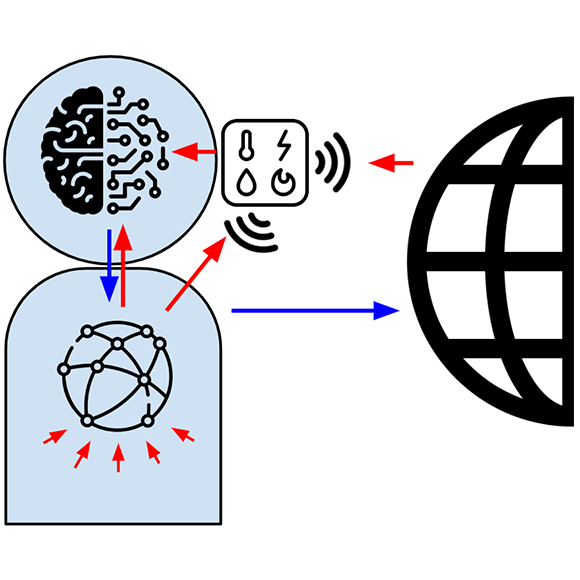Main Menu (Mobile)- Block
- Overview
-
Support Teams
- Overview
- Anatomy and Histology
- Cryo-Electron Microscopy
- Electron Microscopy
- Flow Cytometry
- Gene Targeting and Transgenics
- Immortalized Cell Line Culture
- Integrative Imaging
- Invertebrate Shared Resource
- Janelia Experimental Technology
- Mass Spectrometry
- Media Prep
- Molecular Genomics
- Primary & iPS Cell Culture
- Project Pipeline Support
- Project Technical Resources
- Quantitative Genomics
- Scientific Computing Software
- Scientific Computing Systems
- Viral Tools
- Vivarium
- Open Science
- You + Janelia
- About Us
Main Menu - Block
- Overview
- Anatomy and Histology
- Cryo-Electron Microscopy
- Electron Microscopy
- Flow Cytometry
- Gene Targeting and Transgenics
- Immortalized Cell Line Culture
- Integrative Imaging
- Invertebrate Shared Resource
- Janelia Experimental Technology
- Mass Spectrometry
- Media Prep
- Molecular Genomics
- Primary & iPS Cell Culture
- Project Pipeline Support
- Project Technical Resources
- Quantitative Genomics
- Scientific Computing Software
- Scientific Computing Systems
- Viral Tools
- Vivarium

What are the effects of physiological needs on behavior and brain processing? How can we characterize and formalize heterogeneous and high-dimensional brain-brain and brain-body interactions?
Why do animals have a brain?
Neuroscience has been trying to describe behavior as a mind-centered activity. But minds are not disembodied agents. From an evolutionary perspective, bodies preceded brains and consume most energy resources. Additionally, the extensive connections between the brain and the body suggest that maintaining physiological balance is one of the nervous system's key roles.
Currently, I am busy thinking about formalizing behavior and physiological balance within theoretical frameworks, the effect of internal needs on behavior and brain processing, and the transfer of information across the brain—all of this with the help of amazing Collaborators. Look at the Research page for some details. Also, take a look at www.michnard.net for a list of previous projects, papers, tutorials, code, blog entries, and more!
